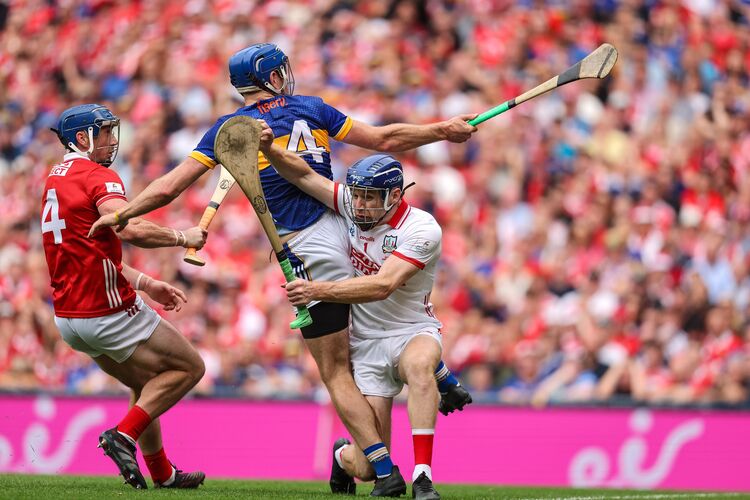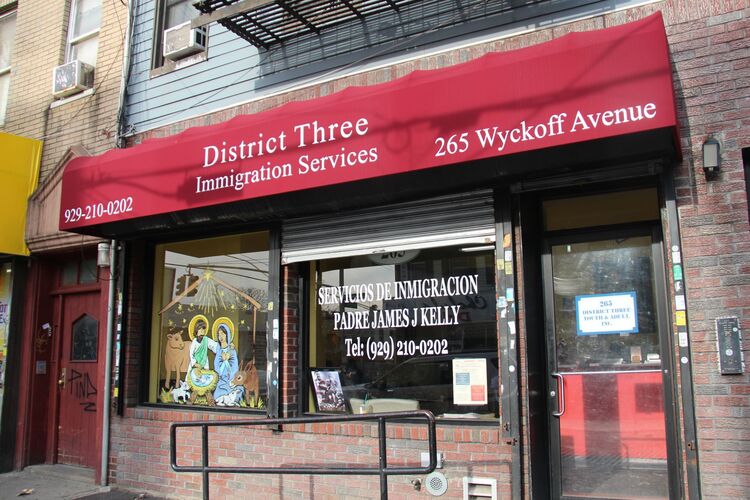[caption id="attachment_66944" align="aligncenter" width="600" caption="Rodney Dickson at the Xu Cun Artists' Community, Shanxi Province, China, in July 2011."]
Artist Rodney Dickson flew out of New York with his wife last week to spend the rest of the month in a Buddhist monastery in South Korea.
He estimated beforehand that it's the 20th trip he's made to Asia in the past decade. The most recent was a two-and-a-half week residency in a remote village in Shanxi Province in China in July.
"It was a great experience," said Dickson, an abstract expressionist painter from Newtownards, Co. Down. "I was in a place where they said life hasn't changed in hundreds of years. It's a different image to one we have now about China."
His current trip came out of visit to New York a few months ago by Abbot Sun Gak "to further communication, collaboration, and understanding between the international contemporary art world and Haeinsa Temple," which was first built in 802 and was designated a national treasure of Korea in 1962.
But it was with Vietnam in 2000 that he first forged his close Asian ties. "We met people from there after we came to New York," said Dickson, who lives with Juliet Hone, a sweater designer, in the Greenpoint section of Brooklyn.
"When I was growing up in Northern Ireland, everybody was white," he said. "So Vietnam was very exotic. I was curious about it. And I was interested in the Vietnam War, having come from a place where there was political conflict."
The futility and hypocrisy of war are explored in his art, though he's best known back in Belfast for his portrait of his late friend Alex "Hurricane" Higgins, the snooker legend.
Dickson went to art college in Liverpool in 1979 at the age of 22. In the 1980s and '90s, he established himself as the "liveliest force on the North of England painting scene" in the words of the Guardian's art critic, "making most of his young British contemporaries appear as though going through the motions."
In the early 1990s, he spent a year in New York as Northern Ireland's representative in the P.S. 1 International Studio Program (the Republic also had an annual place, but the program has been discontinued). He decided to try his luck on a permanent move in 1997.
"Coincidentally, my first gallery owner in New York, Miyako, was Japanese and that developed links with Japan. I've been there twice," Dickson said.
And from Vietnam, he has traveled to neighboring Laos, Cambodia and Thailand.
"Japan is at one end of the spectrum. It's the most developed country in Asia; it's very Americanized, very organized," he said. "Vietnam is the other pole. It's very chaotic; it's badly organized. It's more complicated - but that's what's interesting for us."
Most of the other countries are in between those two extremes, he said.
"China is a new departure for me. It has its own poles, the extremes of rich and poor. The Chinese don't seem to know what to do about that," he said.
"But Asia is seen to be the future. And that feeling is tangible there," he said.
Art consultant Nunu Hung, who is based in both New York and Taiwan, arranged for Dickson's residency in Shanxi Province during the summer. "With his curiosity about cultural differences, he brought so much fun to the project and to the local people," she said.
"Rodney's open mind allowed him to accept input from everyday experience in China. I do believe that these experiences on his travels enrich him," she added. "It helps explain why he's one of the most remarkable painters working in the West now."







